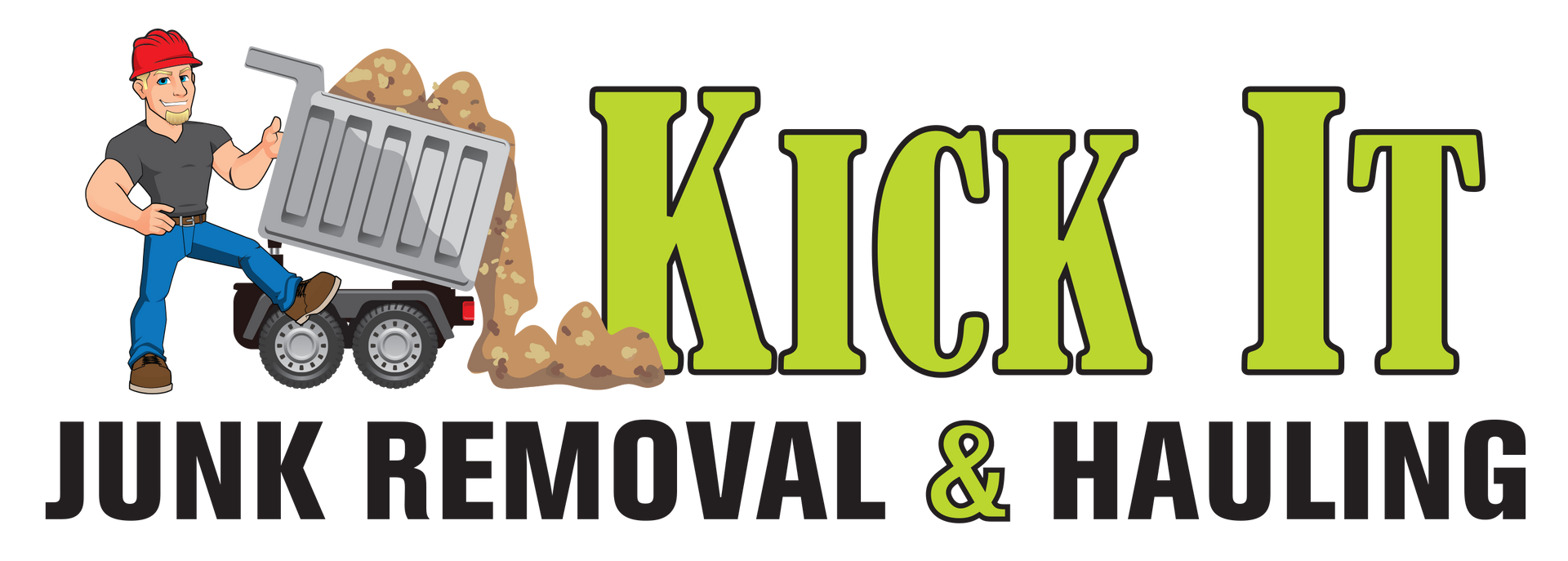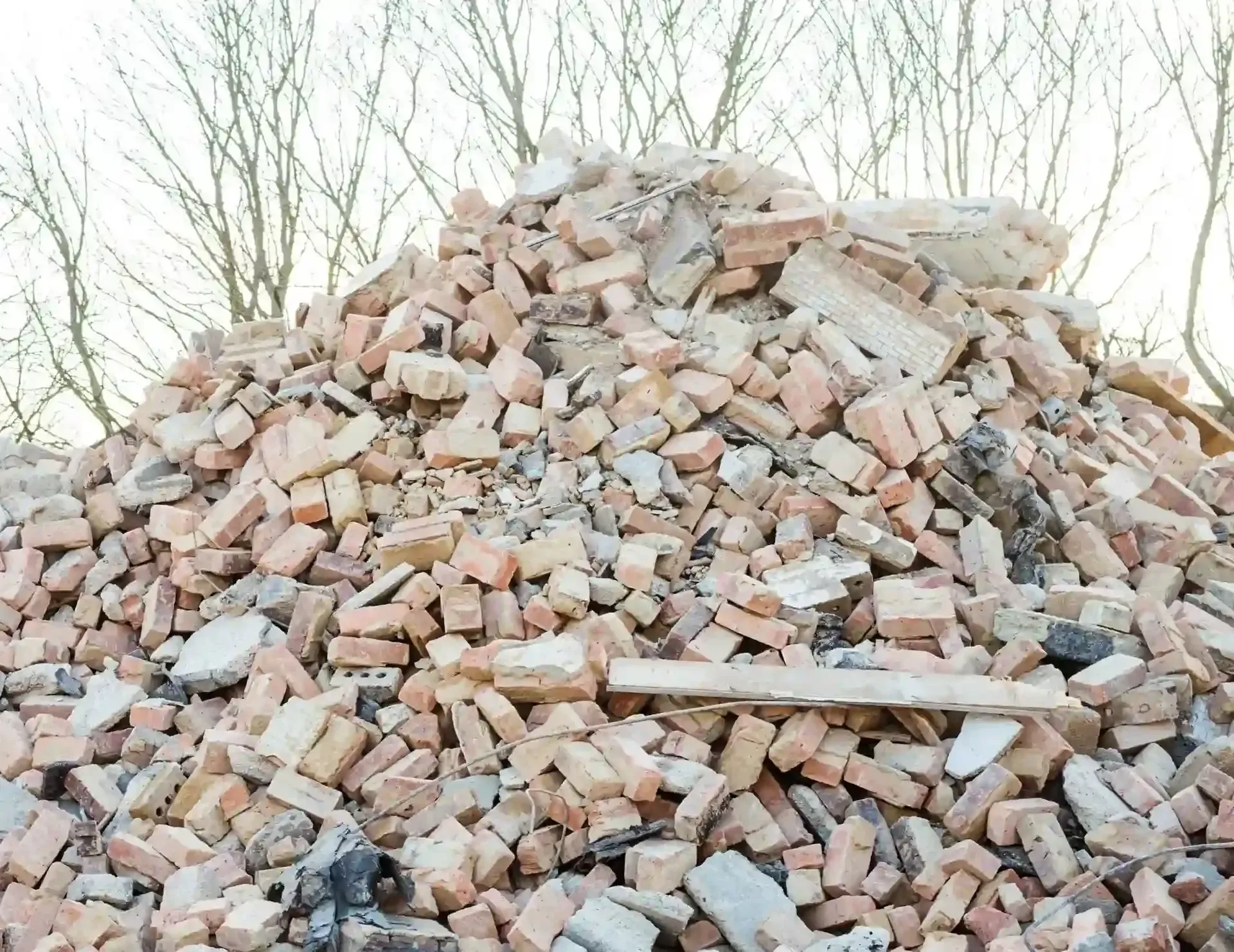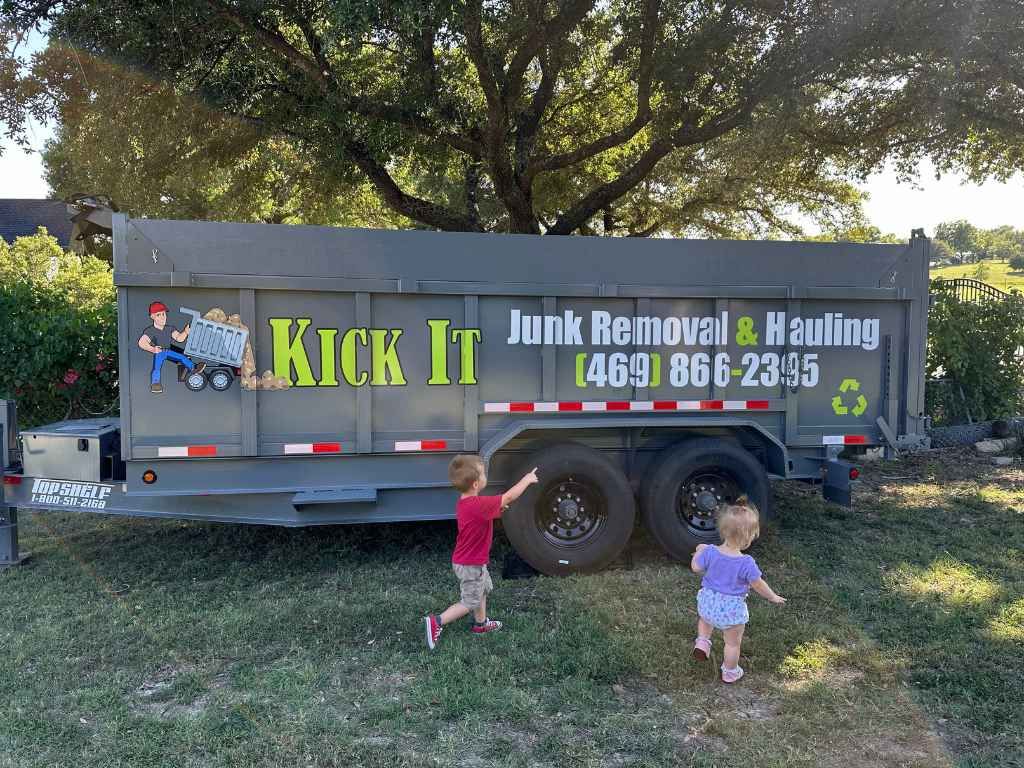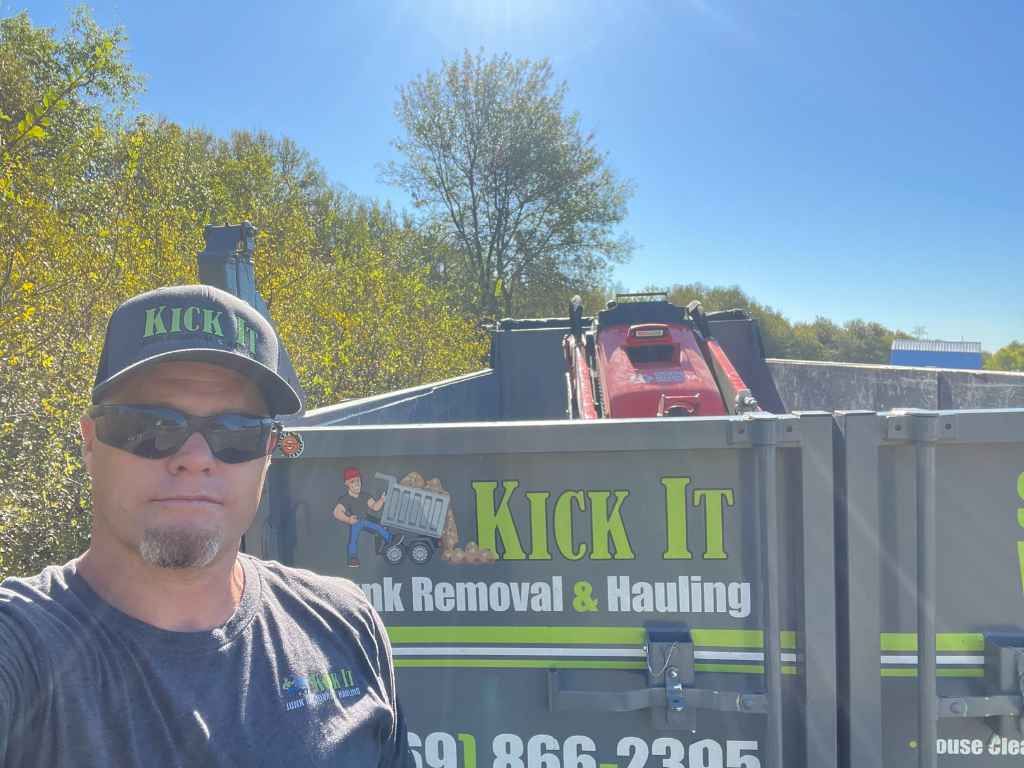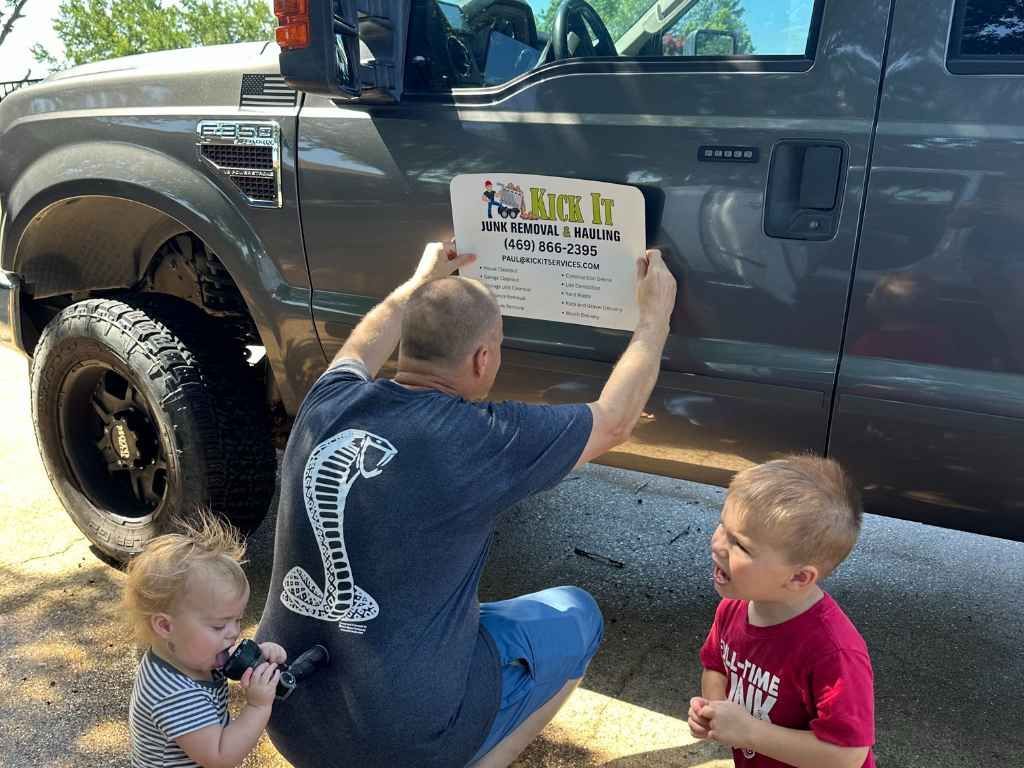How to Safely Handle Demolition Cleanup
Demolition is often a crucial step in the process of renovation or reconstruction. Whether it’s tearing down old structures for new builds or preparing a space for a remodel, the job doesn’t end with the demolition itself. The real challenge lies in the cleanup, where a careful, organized approach is necessary to ensure safety, efficiency, and environmental responsibility. Cleaning up a demolition site is not just about removing debris but about safeguarding the site, workers, and the surrounding environment.
In this guide, we will explore the steps needed to handle demolition cleanup safely and effectively. We will cover the importance of proper planning, how to minimize safety risks, how to properly dispose of materials, and the necessary steps to protect the environment. Whether you're a contractor, property owner, or business handling a demolition, these tips will help ensure that the cleanup is done right.
Understanding the Importance of Demolition Cleanup
When a building is demolished, the resulting debris isn’t just a heap of junk—it’s a mixture of hazardous materials, recyclable items, and waste that needs careful handling. The importance of proper demolition cleanup cannot be overstated:
- Safety: A poorly cleaned demolition site can result in serious injuries. Debris can block walkways, sharp objects can create hidden dangers, and improperly discarded materials can cause accidents.
- Environmental Impact: Construction debris and materials can have a significant environmental impact. For example, hazardous materials like asbestos or lead-based paints, if not properly handled, can contaminate the local environment and pose serious health risks.
- Regulatory Compliance: Demolition and cleanup activities are regulated by local, state, and federal laws. Ensuring proper disposal of materials, especially hazardous ones, is not only a safety measure but also a legal requirement.
- Prepping for Future Work: A clean demolition site allows contractors to begin new construction work or renovations more efficiently. Clear pathways and organized materials make it easier to carry out subsequent work without unnecessary delays.
Step-by-Step Guide to Safely Handle Demolition Cleanup
Conduct a Thorough Site Assessment
Before the cleanup begins, it’s essential to assess the site. A thorough site assessment helps identify potential hazards and ensures the necessary precautions are taken before work starts. Here are some key components to look out for during the site assessment:
- Structural Stability: Even after the main demolition, some structures may still stand or partially collapse during the cleanup process. Always evaluate the integrity of the remaining parts of the structure to prevent accidents.
- Hazardous Materials: Older buildings often contain hazardous materials such as asbestos, lead paint, and mold. These materials require special disposal and protection protocols. Ensure that these materials are identified, and a certified professional handles their removal.
- Utility Connections: Double-check that all utilities, including electricity, gas, and water, have been disconnected. Accidental utility reconnection during cleanup can be disastrous, so always verify disconnections beforehand.
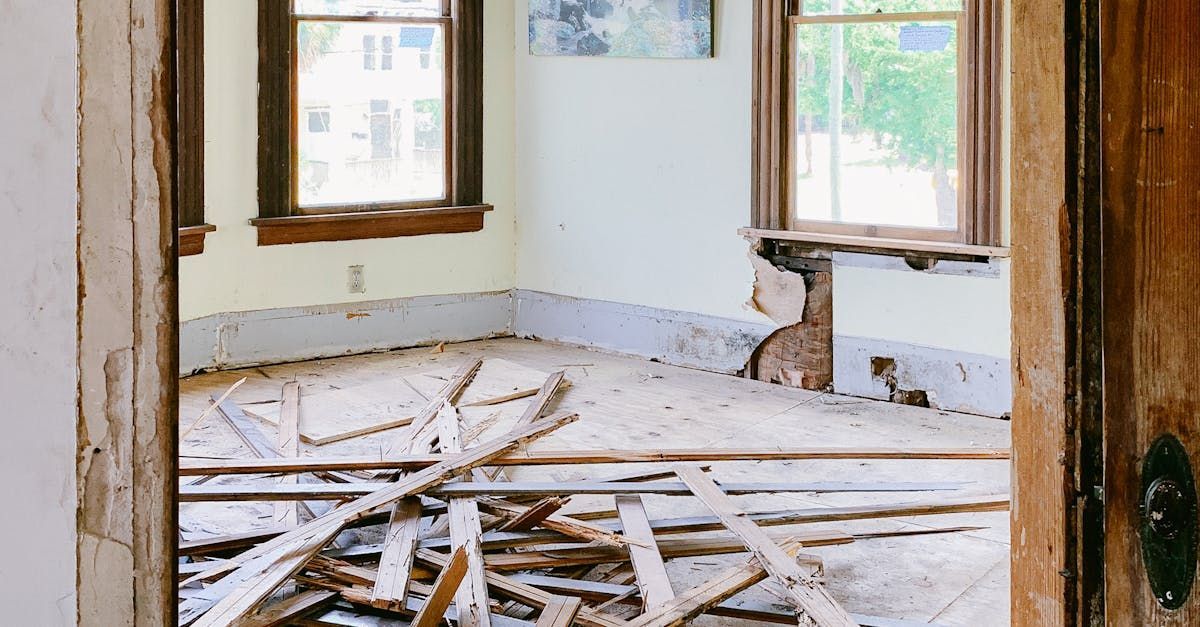
Develop a Detailed Cleanup Plan
Having a well-documented cleanup plan is critical to managing the demolition cleanup process efficiently. A good plan ensures that workers know exactly what needs to be done, and how and when it should be done. Key components of your demolition cleanup plan should include:
- Setting Clear Objectives: Define the end goal of the cleanup. Is it just to clear debris, or do you need to sort materials for recycling? Understanding your goal will guide the entire cleanup process.
- Timeline Management: Establish realistic timelines for each stage of the cleanup. If you are working on a project with multiple contractors, ensure everyone is on the same page regarding their specific tasks.
- Resource Allocation: Make sure you have the right tools and personnel for the job. Identify what equipment is needed, such as cranes for large debris or forklifts for heavy items, and allocate workers according to their skill levels.
- Safety Procedures: Designate safety protocols for each step of the process, ensuring that everyone is aware of potential hazards and knows how to respond.
Equip Workers with the Proper PPE
Personal Protective Equipment (PPE) is the first line of defense in ensuring worker safety. Workers should be properly equipped to handle demolition debris and mitigate any potential risks on site. Standard PPE includes:
- Hard Hats: To protect workers from falling debris.
- Safety Glasses or Face Shields: To protect eyes from dust, debris, or flying particles.
- Steel-Toed Boots: To protect workers' feet from heavy or sharp debris.
- Gloves: To provide hand protection against rough or sharp edges on debris.
- High-Visibility Vests: Ensures that workers are visible, especially in a chaotic or busy site.
In cases where hazardous materials are present, workers should wear specialized PPE, such as respirators, hearing protection, and chemical suits.
Sort and Recycle Materials
One of the most effective ways to manage waste during demolition cleanup is to sort materials at the source. Recycling not only reduces the environmental impact of the demolition but also reduces the amount of waste sent to landfills. Key materials to consider for recycling include:
- Wood: Timber and wooden beams are often recyclable.
- Metal: Steel and aluminum from structural elements, appliances, or wiring are highly recyclable.
- Concrete: Crushed concrete can be used in new construction or landscaping projects.
- Bricks and Tiles: These materials can also be reused in other construction projects or landscaping.
Create dedicated bins or containers for each material type, and work with certified recycling facilities that accept construction debris.
Properly Dispose of Hazardous Materials
Handling hazardous materials is a serious responsibility. Improper disposal can result in contamination of the environment and health risks for those involved in the cleanup. Here’s how to properly handle hazardous materials:
- Asbestos: Asbestos is a common hazardous material found in older buildings. It requires specialized training for removal and must be disposed of in specific, licensed facilities.
- Lead Paint: If lead paint is present, it must be carefully scraped or sanded to avoid inhalation of lead dust. Again, specialized disposal methods are required.
- Chemicals and Fluids: Chemicals like oils, paints, solvents, and cleaners must be removed and disposed of properly, often requiring them to be taken to hazardous waste disposal sites.
Make sure to adhere to local regulations and consult with environmental experts or waste management professionals when handling hazardous materials.
Maintain a Clean and Organized Worksite
An organized worksite is not only safer but also more efficient. An untidy site can quickly become hazardous as workers trip over debris, or tools get misplaced, resulting in delays. Here’s how to keep your demolition cleanup site organized:
- Remove Debris Promptly: Throughout the demolition and cleanup process, ensure that debris is constantly being removed from the site. This will help avoid build-up that can obstruct pathways and create tripping hazards.
- Organize Tools and Equipment: Ensure that tools are kept in designated areas, and that all equipment is properly maintained and stored when not in use.
- Control Waste Flow: Keep waste segregated by category—whether it’s for recycling, disposal, or special handling. This will help avoid confusion and speed up the process.
Stay on Top of Safety
Safety should be the top priority throughout the entire demolition and cleanup process. Beyond PPE, ensure that all workers understand the safety protocols in place. Establish procedures for handling accidents, and make sure that workers are well-trained in these protocols.
Additionally, regular safety audits should be conducted throughout the cleanup process. Inspect the site frequently for new hazards, and take corrective actions as needed. Regularly remind workers of safety practices and emergency procedures.
Protect the Environment
Environmental protection is crucial in any demolition project. Not only does this prevent legal issues, but it also reduces the overall carbon footprint of the demolition process. Ways to protect the environment during cleanup include:
- Dust Control: Dust from demolition sites can be a significant issue. To minimize airborne particles, consider using water sprays or dust-suppressing agents.
- Noise Reduction: Demolition can be noisy, and excessive noise can cause disturbances to surrounding communities. Schedule noisy activities at appropriate times, and consider using quieter machinery when possible.
- Waste Diversion: As mentioned earlier, recycling and reusing materials is one of the most effective ways to reduce environmental impact. Always aim to divert as much waste as possible from landfills.
Regular Inspections and Audits
To ensure the demolition cleanup is proceeding as planned, regular inspections and audits are essential. Check for compliance with safety standards, recycling practices, and environmental guidelines. If problems are identified, address them promptly to avoid delays.
Emergency Procedures
Accidents and unforeseen situations can occur during demolition cleanup. Always have a comprehensive emergency response plan in place. This includes having first aid kits available on-site, establishing emergency contact numbers, and ensuring workers are trained in basic first aid and emergency response procedures.
Conclusion
Handling demolition cleanup requires attention to detail, proper safety measures, and a commitment to environmental responsibility. By following the steps outlined in this guide, you can ensure that the cleanup process is done efficiently, safely, and in compliance with legal and environmental standards.
For professional assistance with
junk removal and hauling, consider reaching out to Kick It Junk Removal & Hauling. Located at 14339 Stanley Lane, Forney, Texas 75126, they can be contacted at 469-866-2395 or via email at Paul@kickitservices.com.
